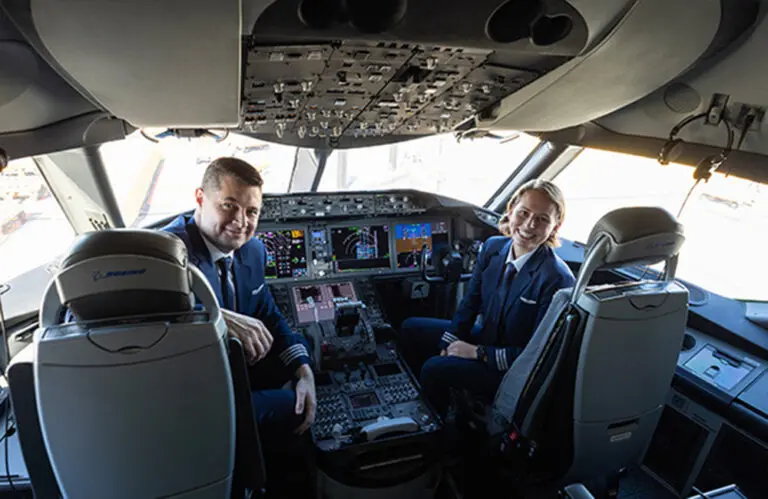Airlines making a profit off of ‘seat reservation’ fees may want to re-think the practice because it could lead to further safety issues in emergency situations.
The number of split families on planes has increased in recent years since airlines started charging passengers up to $35 to pre-select their seats on single flights.
For a group or family of four, this extra charge equates to an extra $560 for a return flight, which some are reluctant to pay resulting in their inflight division.

According to a new report, this growing trend of divided families could create a serious issue during inflight emergency situations as family members are likely to seek each other out before migrating to the emergency exit.
“Group members who are separated might seek each other out in an emergency evacuation, which might have a serious impact on passenger flow to emergency exits.”
Emergency Evacuation of Commercial Passenger Aeroplanes, Royal Aeronautical Society
As a result, the society suggests airlines attempt to seat children in the same row as an accompanying adult, or ensure they’re seated within one aisle apart on twin-aisle planes.

When families can’t be seated in the same row, the report advised carriers to ensure children are seated no more than one row forward or aft, from accompanying adult.
Meanwhile, the study also reminded airlines to choose exit row passengers according to suitability, not spend.
The report advised that emergency exits should not be occupied by obese passengers, children and infants, elderly and infirm, persons with reduced mobility or prisoners in custody and deportees.
Click here to read the full report.
READ: FBI’s tips on ‘avoiding sexual assault on planes’
READ: Chimu to visit the most remote destination
READ: 5 ways travel has changed in 40 years





